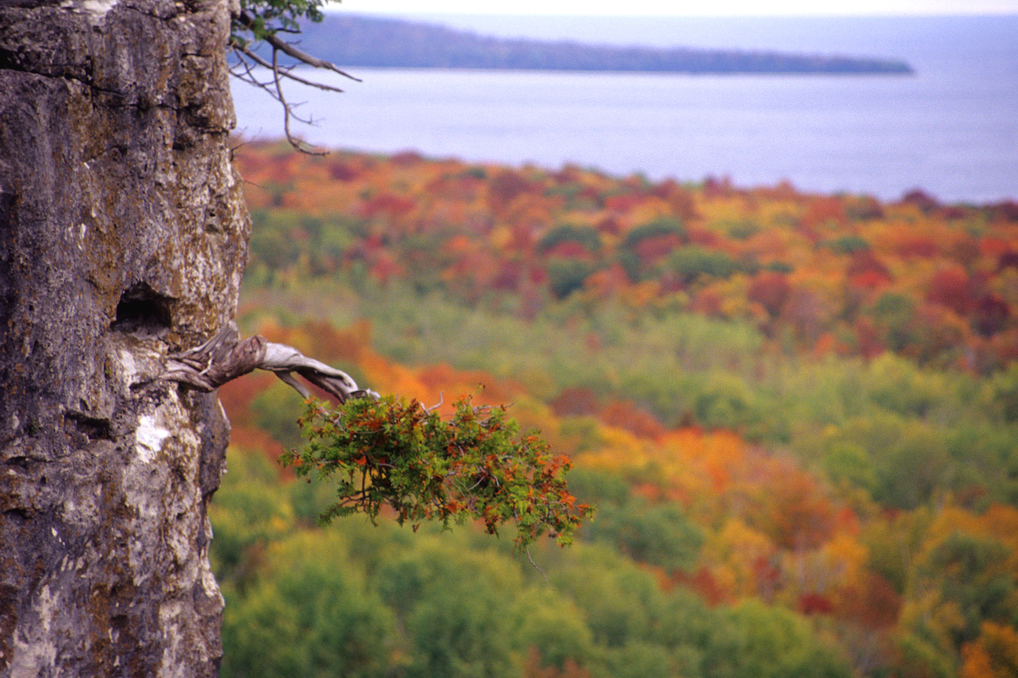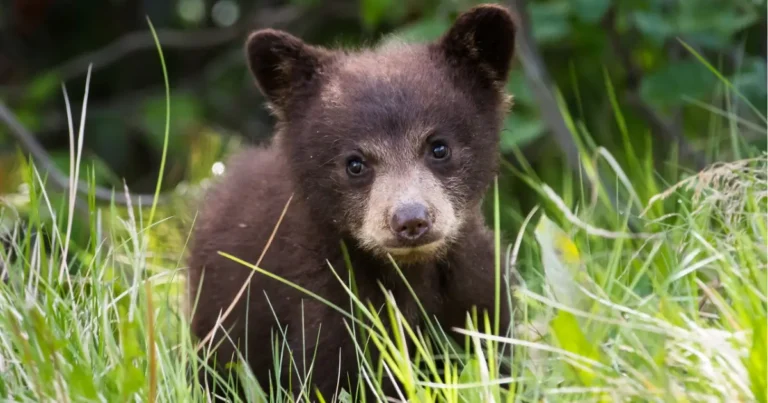
In a recent article, Wisconsin Public Radio revealed a new study from the U.S. Fish and Wildlife Services that shows wildlife refuges are having a positive – if not booming – impact on communities.
“The study found that for every budget dollar spent on [The Upper Mississippi River Refuge], about $45 went back to local communities,” the article stated.
A University Herald article citing the same study noted that wildlife refuges in the United States now represent a $2.4 billion industry.
In Ontario, the David Suzuki Foundation has found similar economic impacts are incurred by unused farmland and green spaces in what is known as the Whitebelt.
“Using valuation techniques from the field of natural capital economics, the study estimates that the Whitebelt Study Area's rich tapestry of natural and agricultural assets provides more than $122 million in economic benefits a year for communities throughout the region,” noted a news release from the Foundation.
And in British Columbia it’s well documented that the protection of grizzly bears – and the subsequent eco-tourism derived from that – is quickly outperforming traditional hunting and trapping of the same animals, according to a study from the Raincoast Conservation Foundation.
Protecting the environment and wildlife makes sense environmentally, ethically and, clearly, economically. It’s just good dollars and sense.
APFA is proud to protect wildlife through co-existence programs and ongoing educational initiatives. To find out how you can help us protect wild families like beavers, coyotes and other fur-bearers, click here.
Photo by Peter Kelly
